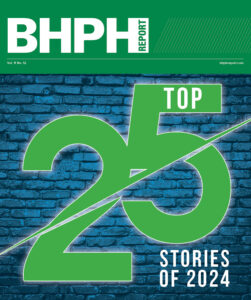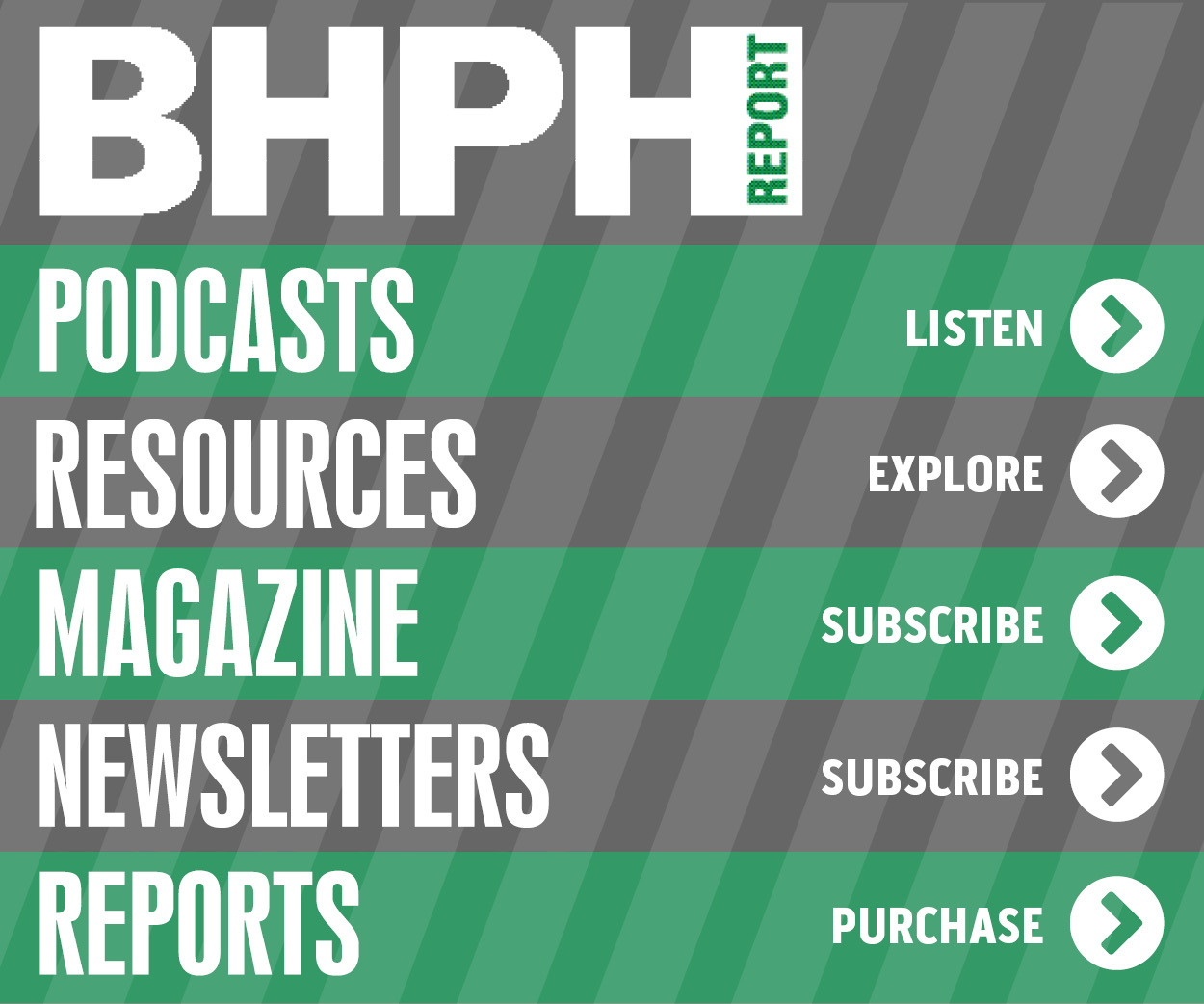Actions to define the right risks and rewards

Our series continues now that we’ve identified “eight risk questions that might keep you up at night,” as well as how can we better identify risk as a buy-here, pay-here dealership.
An important aspect of lending is not only which accounts to watch but how to monitor them and develop a well-defined proactive workflow strategy.
Many investors use a risk/reward ratio to compare expected returns of an investment to the amount of risk undertaken to capture these returns.
Fundamentally, the concept is the same in consumer finance. How much risk is acceptable in order to realize a certain level of reward? Securitization lending is predicated on assessing risk. In theory securitizations permit lenders to accept more known business risk. There is a premium associated with higher risk factors. Facilitating this shift are more robust risk assessment models which provide analytical overview for those willing to accept elevated risk within a portfolio.
Examples are plentiful with respect to insurance industry and its approach to connecting aspects of risk to individual insurance policies.
As recently reported in The Economist: “Michal Kosinski of Stanford University and colleagues at Cambridge University recently found that computers which are fed a person’s Facebook ‘likes’ are better than a human analyst at predicting whether they smoke or take drugs. Such prying is just the beginning: Insurers speak with straight faces about a time when sensors in customers’ homes will alert plumbers to weak pipes before they burst, and glucose meters in contact lenses will keep a record of how healthily they are eating.”
Data mining and monitoring not only allow insurers to price policies more accurately, but also enable them to modify customers’ behavior. “I think of us as Big Mother,” says Brian Vannoni of Guidewire, a firm that analyses data for insurers.
Within the lending community measuring risk reward has similar yet different characteristics. Essentially, lenders from all segments of business want to understand what the elements of risk are associated with a particular decision to extend credit. Basic ground rules still apply within that process.
Extending credit means evaluating the 5 C’ which still apply:
The five C's of credit is a system used by lenders to gauge the creditworthiness of potential borrowers. The system weighs five characteristics of the borrower and conditions of the loan, attempting to estimate the chance of default. The five C's of credit are character, capacity, capital, collateral and conditions. The difference today is that a review of a potential borrower with respect to the five C’s is analytically compiled and is light years more predictable than what it was before using alternative data.
Risk reward analysis in consumer credit portfolios attempt to quantify elements of risk associated with the most likely outcome of a consumer behavior. The coordinated outcome of using analytical scoring models to approve or decline credit is first step. Having insight to the likelihood an account will default permits a lender to prepare for such an outcome.
The obvious next question is once approved which account represents the greatest risk of loss. If identified sooner can the behavior be modified to alter the projected course of events i.e. charge-off. But what if we could identify not only the individual element of risk but the degree of associated risk?
Specifically, as we discussed previously, identification of risk through the approval process permits an analytical segmentation of accounts which are stratified to the degree of severity. Thirty day delinquency cured with normal treatment strategies is much less troublesome than 90-day delinquency that is non- responsive.
If we could profile behavior before it occurs just as Mr. Kosinski at Stanford accomplished by predicting a certain behavior before it happens then we could use data segmentation to predict a financial loss to the institution?
Essentially, in a generic sense a correlation analysis provides a distribution of scores where above a certain score the applicant is approved and below it is declined. When approved at a certain scoring band there is correlated loss rate. If the score is raised the loss rate should decline. If the rate is lowered expected losses would increase. That is in theory.
The question is how frequently should these scores be recalibrated?
How often are they analyzed and compared to expected value models. And finally, are embedded scores working as projected?
Most companies use outside consultants to confirm those questions. Why bring engage consultants? Prevailing mindset is to ensure independent assessment and to minimize any unintended internal bias.
Greg Shelton is president at Partners Consulting, a management consulting firm specializing in operational assessments, workflow reviews and strategic planning for management teams in the accounts receivable management industry. Maria Singson is president and chief executive officer of twoMS.co, which offers risk and marketing analytics to help companies target profitable segments mitigate risks. Shelton can be reached at (678) 575-1136 or gshelton@partnersconsultingllc.com. Singson can be reached at MariaSingson@twoMS.com or (908) 499-4037.

 View The Latest Edition
View The Latest Edition

